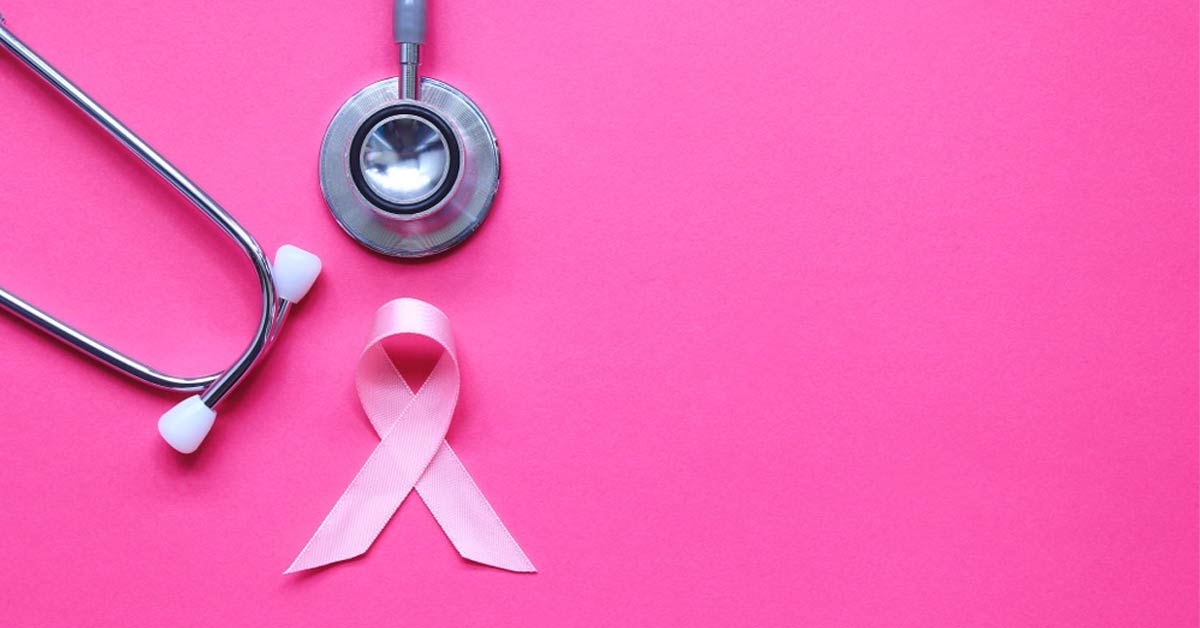Breast cancer is the most common cancer in American women (besides skin cancers), and the second leading cause of cancer death in women. The average woman in the United States has a 1 in 8 chance of developing breast cancer. For these reasons, it’s important to be aware of the warning signs of breast cancer.
Breast pain can be a symptom of cancer. Symptoms of breast cancer vary from person to person. Some don’t have any signs or symptoms.
Warning Signs of Breast Cancer
Warning signs of breast cancer are:
- New lump in the breast or armpit
- Thickening or swelling of breast
- Irritation or dimpling of breast skin
- Redness or flaky skin of the nipple or the breast
- Inversion of the nipple or nipple-area pain
- Nipple discharge (except for breast milk), including blood
- Change in size or shape of the breast
- Pain of the breast
These warning signs can happen with other, non-cancerous conditions. Sometimes, breast cancer may not have obvious warning signs or may have warning signs that are easier for a provider to find.
If you have any warning signs or other symptoms that worry you, make an appointment to see your doctor.
The Normal Breast
There is no such thing as the normal breast! What’s normal for you may not be for another person. Most say that their breasts feel lumpy or uneven. The look and feel of your breasts can be affected by many things. This includes your menstrual cycle, having children, weight fluctuations, aging, or medication.
Lumps in the Breast
Lumps in the breast are caused by many things, including cancer. Most lumps are caused by other conditions. The most common causes of breast lumps are fibrocystic breast disease and cysts. Fibrocystic breast disease causes changes in the breasts that can make them lumpy and tender. Cysts are small, sac-like structures that are filled with fluid. Neither of these conditions are cancerous.
Breast Cancer Screening
The best way to increase the chances of surviving cancer is early detection. The earlier a cancer is found, the easier it is to treat. There are two common types of screenings: a breast exam and a mammogram.
A breast exam will be part of your yearly gynecological checkup. Your doctor will check your breasts for lumps or abnormalities that could be signs of breast cancer or other problems. If anything unusual is found, your doctor can recommend more tests.
A mammogram is an x-ray that specifically looks at breast tissue. Mammograms can find lumps in the breast that are too small to be felt during a clinical breast exam. By age 50, all women should have a mammogram every two years. High risk women or women with concerns about their breast health should talk to their doctor to determine when breast cancer screening should begin.
If you are experiencing any of the warning signs of breast cancer, are concerned about your breast health, or due for an exam, schedule an appointment today.

